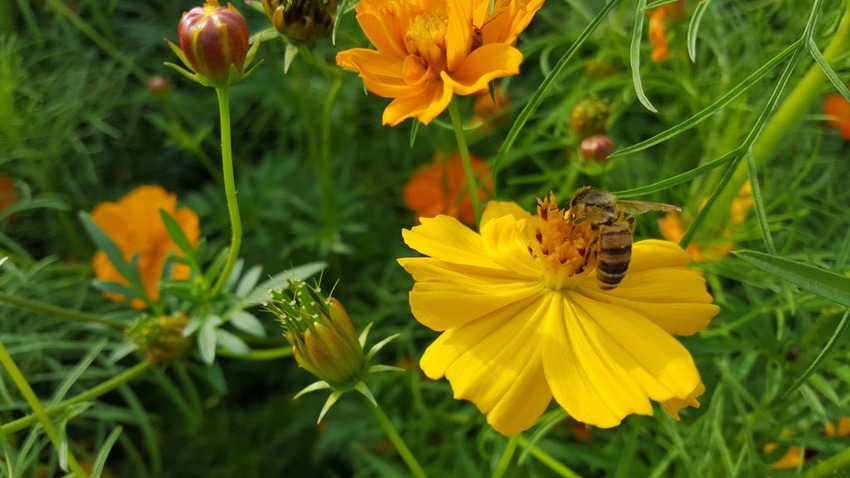January 11, 2016

More than 250,000 consumers joined Bayer’s Feed a Bee initiative last year to plant more than 65 million flowers to feed pollinators across the United States.
By the end of the year, more than 70 organizations joined the effort to pledge thousands of acres “to the pollinator potluck dinner,” according to Becky Langer, manager of the North American Bee Care Program
"When we talk to the public, the most common question we hear is, ‘What can I do to help bees? Providing pollinators with abundant, diverse food sources is one of the most important things we can all do to promote bee health,” Langer said. “We created Feed a Bee to make it easy for people to be involved, and we are delighted with the overwhelming response. We look forward to getting even more people involved this year.”
Studies have shown when bees have access to adequate, diverse food sources they are better able to withstand the stresses caused by the devastating Varroa mite, as well as other mites and diseases. Through Feed a Bee, Bayer is working to increase forage options for bees and other pollinators at a time when agriculture is relying on them more and more to help produce enough food to feed a growing world population.
The first year of the Feed a Bee program set the bar high, Langer said, and Bayer aims to generate even more buzz in 2016 by establishing national partnerships and educating more consumers about what they can do to get involved and help pollinators thrive. Through online activations and events throughout the year, Bayer hopes to reach new audiences to surpass the milestones Feed a Bee achieved in 2015.
“We’ve seen some great news in pollinator health in the past year from increasing population numbers to heightened involvement from consumers and other stakeholders,” said Jim Blome, president and CEO of Crop Science, a division of Bayer. “We still have much work to do to ensure the future health of our honey bee colonies, but we hope the foundation we have from Feed a Bee will continue to bring more partners to the table.”
You May Also Like




